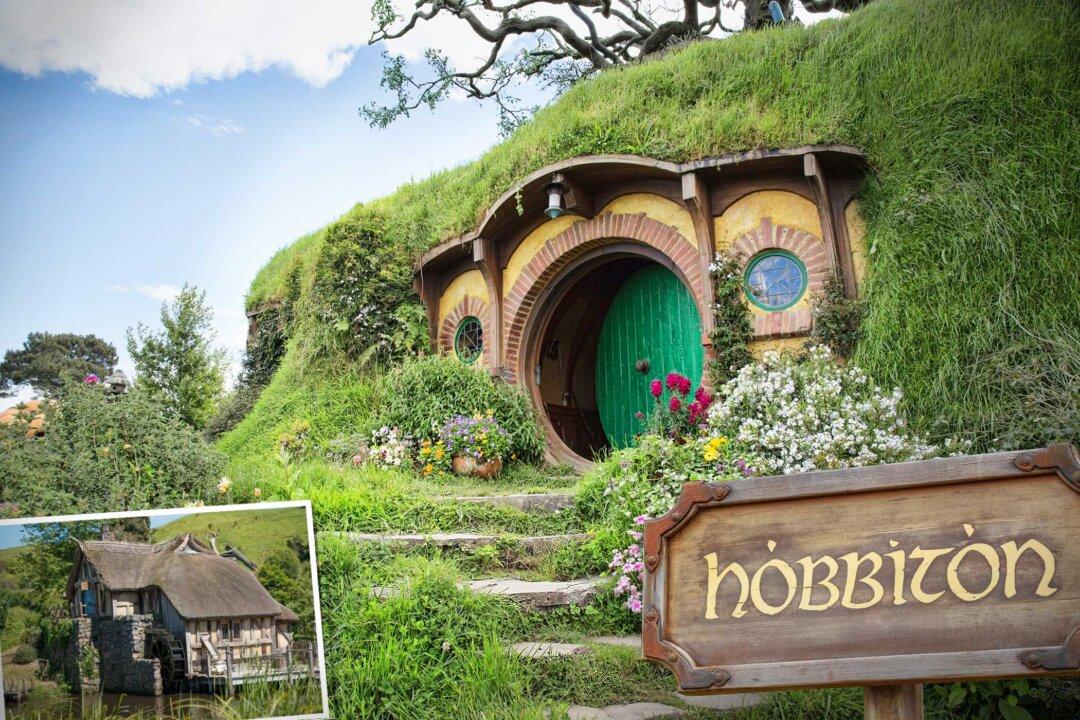J.R.R. Tolkien described it as a “lost paradise,” telling The Guardian in 1966 of the childhood home that inspired his creation of The Shire—the fictional home of the hobbits Frodo and Bilbo Baggins—in the book series that became his legacy.
The famed English author spoke, of course, of the Hall Green area, formerly the hamlet of Sarehole south of central Birmingham, where the millhouse, pond, and old-fashioned village houses fed his imagination. “I loved [Sarehole] with an intense love,” he said. “I took the idea of the Hobbits from the village people and children.”






